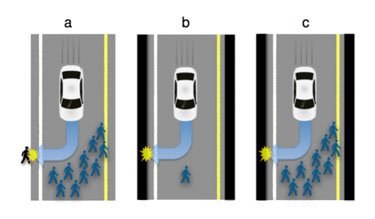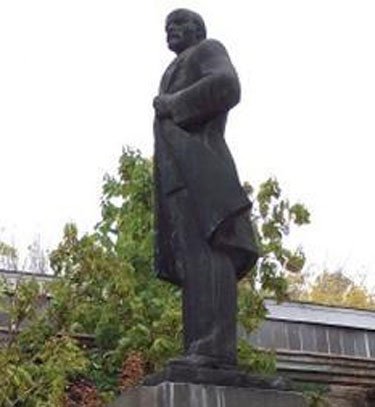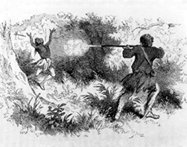
In 1996-1997, Australia confiscated and destroyed roughly one million semi-automatic and pump-action rifles and shotguns through a compulsory gun “buy back” program.
Daren Jonescu notes that Hillary Clinton has already openly adopted gun confiscation Australian-style as a campaign promise and evaluates the practicalities of just how such a radical and invasive policy might be implemented.
That a wide-scale confiscation program could be arranged from a purely logistical point of view is obvious, as such programs have already been successfully carried out in other nations, and far more complicated programs are administered by the U.S. federal government every day. Her reserved phraseology, then, is a bureaucratizing euphemism to mask the real problem that would make such a program difficult to “arrange” in America: resisters.
Clinton knows what every American gun control advocate knows, namely that a substantial number of Americans see their weapons as political tools of last resort. They will not relinquish their firearms at their government’s “request.” Any national confiscation program would involve many episodes of government agents — police or military — visiting citizens’ homes to search for and seize guns, against some level of resistance from gun owners. Some of these episodes would become violent, involving gunfire and bloodshed, probably on both sides, resulting in the use of increased levels of government force, and in heightened public tension in the face of these armed confrontations between private citizens and the government. …
[A] major part of the discussion on this issue, among progressives of all stripes, is the question of how, whether, or when this resistance might be reduced to “acceptable levels,” and quelled without stirring broader social upheaval. This is the question buried within the bureaucratic coldness of Hillary’s conditional clause, “if that could be arranged.”
Let us consider aloud a matter that progressives might prefer to reserve for private cocktail party conversations, namely what sort of “arrangements” would be required to make a national gun confiscation viable in the United States.
Read the whole thing.













